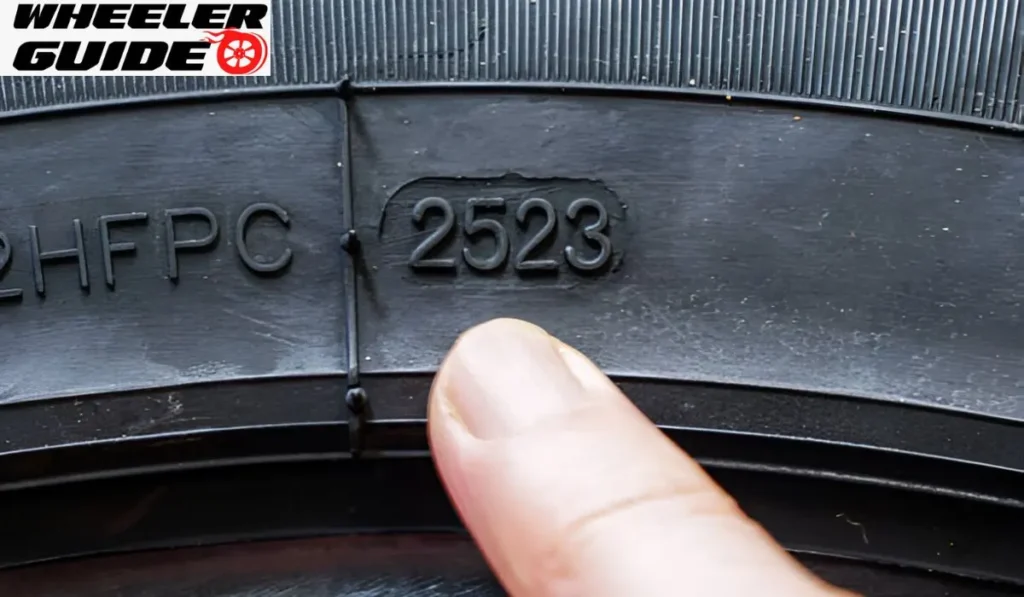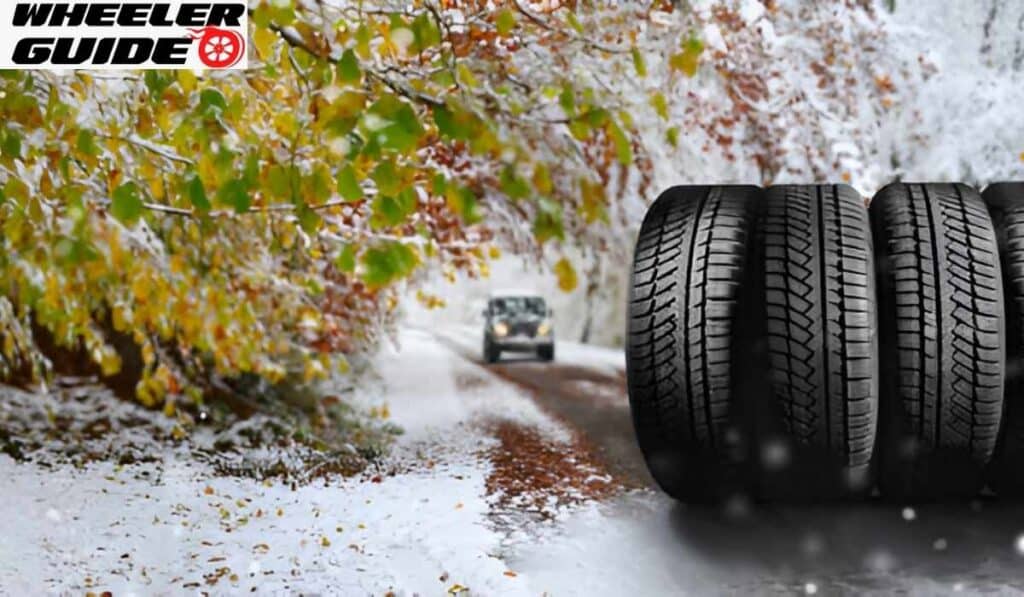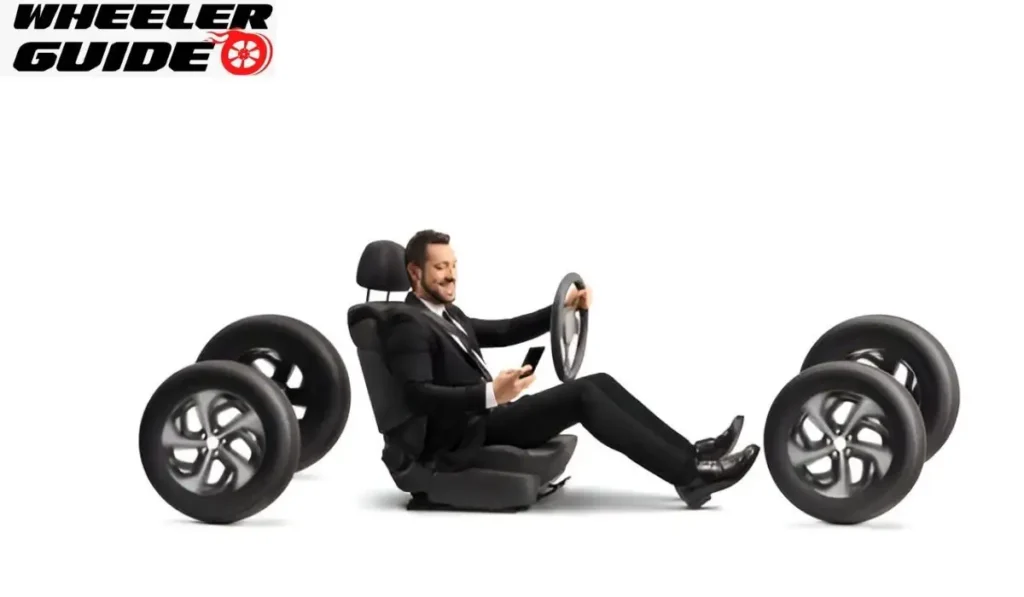Have you ever looked at the side of your tire and wondered what all those numbers and letters mean? Those markings aren’t just for show – they contain important information about your tire’s size and capabilities.
The numbers on a tire tell you its width, height-to-width ratio, construction type, wheel diameter, load index, and speed rating. Each part of the tire code gives details that help drivers choose the right tires for their vehicle and driving needs.
Understanding the numbers can help you make smart choices when buying new tires. It also lets you check if your current tires match your car’s maker’s recommendations. Let’s break down each part of the tire code to see what those numbers and letters tell us about our tires.
Understanding Tire Markings
Tire markings contain important details about size, type, and performance. These codes help drivers choose the right tires for their vehicles.
Interpreting the Numbers and Letters
Tire markings use a mix of numbers and letters. The first letter often stands for passenger or “P” for most cars. After that comes the tire width in millimeters. For example, “225” means the tire is 225 mm wide. The next number is the aspect ratio. It shows the tire’s height as a percent of its width. A smaller number means a lower profile tire. Then comes an “R” for radial construction. The number after that is the wheel diameter in inches. The last two numbers are the load index and speed rating. These tell how much weight the tire can carry and its top safe speed.

Metric Vs. Light Truck Tire Designations
Metric tires are common in cars and SUVs. They start with “P” or no letter. The rest of the code follows the same pattern as above. Light truck tires begin with “LT”. They’re made for pickups and large SUVs. These tires can handle heavier loads and tougher conditions. LT tires use a similar code system. But they often have different load ranges. These range from B to F, with F being the strongest. Both types list their max load and pressure on the sidewall. This info helps drivers maintain their tires correctly.

Decoding Tire Sizes
Tire sizes contain important information about width, height, and wheel size. These numbers help drivers choose the right tires for their vehicles.
Width and Aspect Ratio Explained
The first number in a tire size shows the width from sidewall to sidewall in millimeters. For example, in 215/65R16, the tire is 215 mm wide. The second number is the aspect ratio. It tells us the tire’s height as a percentage of its width. In 215/65R16, the 65 means the sidewall height is 65% of the tire’s width. A lower aspect ratio means a shorter sidewall. This can improve handling but may give a harsher ride. The bigger the aspect ratio, the taller the tire’s sidewall will be. The last number shows the wheel diameter in inches. In our example, 16 means the tire fits a 16-inch wheel.
Matching Tires to Vehicle
Choosing the right tire size is crucial for safety and performance. Drivers should check their owner’s manual or door jamb sticker for the correct size. A tire sizes chart can help compare different options. It shows how changing tire size affects the overall diameter and speedometer readings. Mixing tire sizes on a vehicle can cause problems with handling and traction. It’s best to use the same size on all four wheels unless the car maker says otherwise. When upgrading wheels, drivers must make sure the new tires have the same overall diameter as the original ones. This keeps the speedometer accurate and avoids issues with vehicle systems.
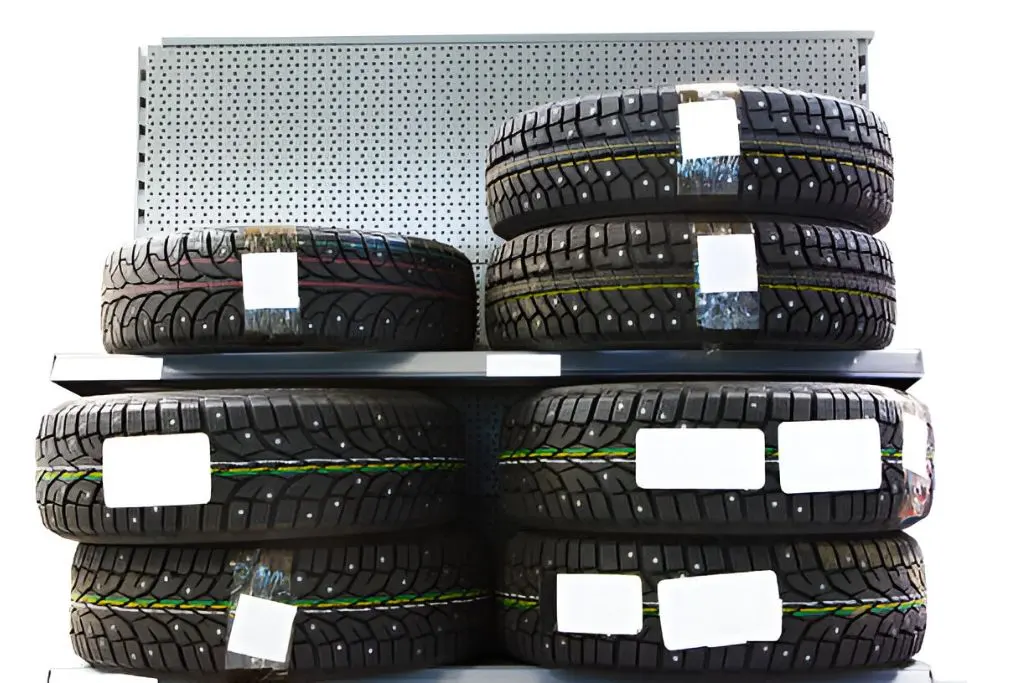
Load Index and Load Capacity
The load index and load capacity of a tire are crucial for safety and performance. They tell you how much weight a tire can handle.
Understanding Load Index
The load index is a number that shows how much weight a tire can support. It’s usually between 0 and 150 for passenger cars. You can find this number on the tire’s sidewall. A higher number means the tire can carry more weight. For example, a load index of 91 can support 1356 pounds. A load index of 94 can hold 1477 pounds. It’s important to choose tires with the right load index for your vehicle. Using tires with a lower load index than recommended can be dangerous.
Calculating Load Capacity
To find a tire’s load capacity, you need to look up its load index in a chart. The load capacity is the maximum weight a tire can support at its highest air pressure.
For passenger cars, multiply the load capacity by four. This gives you the total weight your car’s tires can support. For example:
- Load index: 94
- Load capacity per tire: 1477 pounds
- Total load capacity: 1477 x 4 = 5908 pounds
Light truck tires often have two load indexes. The first is for single-wheel use, and the second is for dual-wheel use. Always check your vehicle’s manual for the correct load index. Never exceed the recommended load capacity for safety reasons.

Speed Ratings and Limits
Tire speed ratings tell you the maximum speed a tire can safely handle. These ratings are important for safety and performance. They help match tires to vehicles and driving needs.
Tire Speed Rating Symbols
Tire speed ratings use letters to show top speeds. The ratings range from L to Y, with each letter meaning a higher speed. For example, L means 75 mph, while Y means over 186 mph.
Common ratings for everyday cars include:
- S: up to 112 mph
- T: up to 118 mph
- H: up to 130 mph
- V: up to 149 mph
Sports cars and high-performance vehicles often use W or Y-rated tires. These can handle speeds above 168 mph. You can find the speed rating on the tire’s sidewall. It’s usually the last letter in the tire size code.
Adhering to Speed Limits
While tires may be rated for high speeds, it’s crucial to follow legal speed limits. Speed limits are set for safety reasons. They take into account road conditions and traffic.
Driving at or below the speed limit helps:
- Prevent accidents
- Save fuel
- Reduce wear on tires and the car
Even if your tires are rated for higher speeds, it’s best to stay within legal limits. This keeps you safe and avoids tickets.
Remember, tire speed ratings are maximum safe speeds under ideal conditions. Bad weather or road issues can make lower speeds safer.

Tire Maintenance for Optimal Performance
Proper tire care is key for safe driving and long-lasting tires. Regular checks and upkeep help your car run smoothly and save you money over time.
Ensuring Proper Inflation
Properly inflated tires are vital for safety and performance. Check tire pressure monthly and before long trips. Use a quality tire gauge for accurate readings. Find the right pressure in your car’s manual or door jamb. Don’t rely on the number on the tire itself. Fill tires when they’re cold for the most precise measurement. Driving heats the air inside, which can lead to false readings. Underinflated tires wear out faster and use more fuel. Overinflated tires can lead to a bumpy ride and uneven wear.
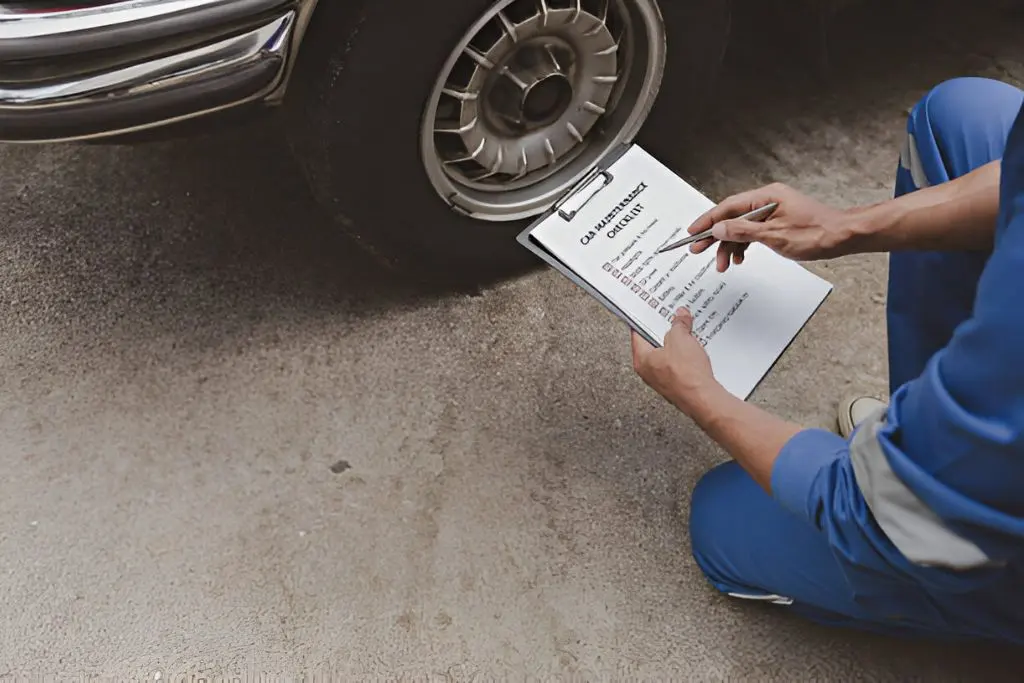
Routine Tire Inspections
Look at your tires often to spot problems early. Check for cuts, bulges, or objects stuck in the tread. Use the penny test to check tread depth. If you can see all of Lincoln’s head, it’s time for new tires. Rotate tires every 5,000 to 8,000 miles. This helps them wear evenly and last longer. Watch for uneven wear patterns. They can point to alignment or suspension issues that need fixing. Clean your tires with soap and water when you wash your car. This lets you see any damage more clearly.
Special Considerations
Tire aspects affect how your vehicle performs on the road. Choosing the right tire involves understanding these aspects and matching them to your driving needs.
Impact of Tire Aspects on Performance
Tire aspect ratio plays a key role in performance. A lower aspect ratio means a shorter sidewall, which can improve handling and cornering. Higher aspect ratios offer a smoother ride and better shock absorption. They’re often found on family cars and SUVs. Tire width affects grip and stability. Wider tires usually provide better traction, especially in dry conditions. Narrower tires can be better for wet roads and snow. The tire’s speed rating is crucial for safety. It tells you the maximum speed the tire can handle safely. Always match or exceed your vehicle’s recommended speed rating.
Choosing the Right Tire for Your Needs
For passenger vehicles, consider your driving habits. If you mostly drive in the city, all-season tires might be best. They offer good performance in various conditions. For high-performance cars, look for tires with lower aspect ratios and higher speed ratings. These will enhance your car’s capabilities on the road. If you live in an area with harsh winters, winter tires are a smart choice. They provide better traction in snow and ice. Fuel economy matters too. Some tires are designed to reduce rolling resistance, which can help save gas. Look for tires labeled as “low rolling resistance” if this is important to you. Always check your vehicle’s manual for the recommended tire size and type. Using the wrong size can affect your speedometer accuracy and vehicle handling.
Frequently Asked Questions
Tire size specifications contain crucial information about a tire’s dimensions and capabilities. Understanding these numbers helps drivers choose the right tires for their vehicles and driving needs.
What do the three digits in a tire size specification represent?
The first three digits in a tire size show the tire’s width in millimeters. For example, in the size 225/55R17, 225 means the tire is 225 millimeters wide from sidewall to sidewall.
How does the aspect ratio affect a tire’s performance and compatibility?
The aspect ratio is the tire’s height as a percentage of its width. A lower aspect ratio means a shorter sidewall, which can improve handling but may result in a harsher ride.
Can tires with different aspect ratios be safely mounted on the same vehicle?
Using tires with different aspect ratios on the same vehicle is not recommended. It can affect handling, stability, and the accuracy of the speedometer.
What is the significance of the letter at the end of a tire size designation?
The letter at the end, such as R in 225/55R17, indicates the tire’s construction type. R stands for radial, which is the most common type used in passenger vehicles today.
How do you calculate the correct tire size for a vehicle?
To find the correct tire size, check the vehicle’s owner’s manual or the placard on the driver’s side door jamb. These sources provide the manufacturer’s recommended tire sizes.
What impact does changing tire size have on vehicle handling and odometer readings?
Changing tire size can affect a vehicle’s handling, ground clearance, and speedometer accuracy. Larger tires may improve traction but can also increase fuel consumption.
